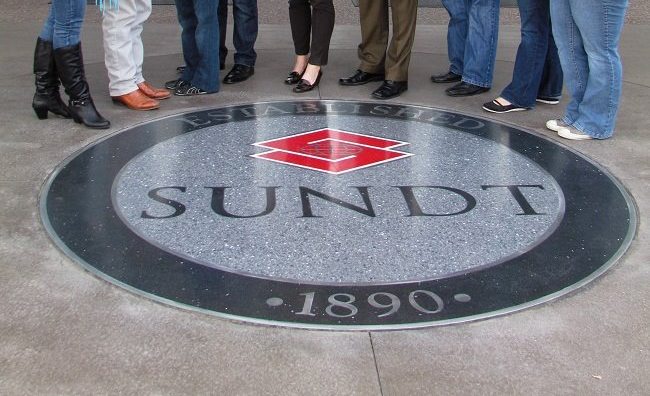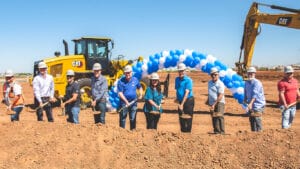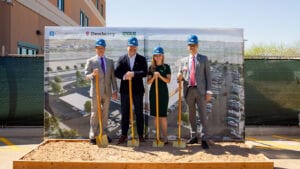The National Center for Employee Ownership (NCEO) has identified Sundt Construction, Inc. (www.sundt.com) as the largest majority employee-owned company in the state of Arizona and the sixth largest in the construction industry.
Sundt established its Employee Stock Ownership Plan (ESOP) in 1972 as a way to create a heightened sense of dedication and commitment among company employees, and to establish the next generation of company owners. Celebrating its 125th anniversary this year, the full-service general contractor now employs more than 1,300 people throughout Arizona, New Mexico, Texas and California.
“Sundt’s unusual employee-ownership structure links individual success with customer success, which leads to greater value because it promotes collaborative innovation, disciplined execution and pride of ownership,” said Dan Haag, Sundt’s chief administrative officer. “Sundt’s ESOP encourages employee-owners to go the extra mile in serving our customers. Employee-ownership also helps attract and retain the best employees in the industry, as evidenced by the fact that almost 20 percent of our employees have been with Sundt for 10 years or more.”
NCEO’s 2015 Employee Ownership 100 list includes the nation’s largest companies that are at least 50 percent owned by an ESOP or other broad-based employee ownership plan. Many, like Sundt, are 100 percent employee-owned. The great majority – 90 percent – of the companies on the list have ESOPs, although a number of them have more than one plan. Other vehicles for employee ownership on the list include profit-sharing plans invested in company stock, stock purchase plans, 401(k) plans, and a worker cooperative.
The companies on the list employ approximately 668,000 people worldwide. ESOPs, the most common form of employee ownership for companies on the list, are an employer-sponsored benefit plan. Companies contribute stock or cash to buy stock to an employee stock ownership trust. Generally, all full-time employees who have worked for a year or more are in the plan and receive allocations of stock every year based on relative pay or a more level formula. They receive their shares after they leave and can sell them back to the company at an appraised fair market value. Companies and their owners can get significant tax benefits from an ESOP, and they are particularly attractive as a means to buy out an owner or owners of a closely held company. Most of the ESOPs on the list were set up for that reason. ESOPs are rarely funded by employees themselves.
Research on ESOPs shows that:
- ESOP companies grow about 2.5 percent per year faster after an ESOP is set up than would have been expected based on their performance relative to peer companies prior to an ESOP.
- ESOP participants average about 2.5 times more in total retirement assets than do employees in non-ESOP companies.
- ESOP companies lay people off at one-third to one-fourth the rate of other companies.




